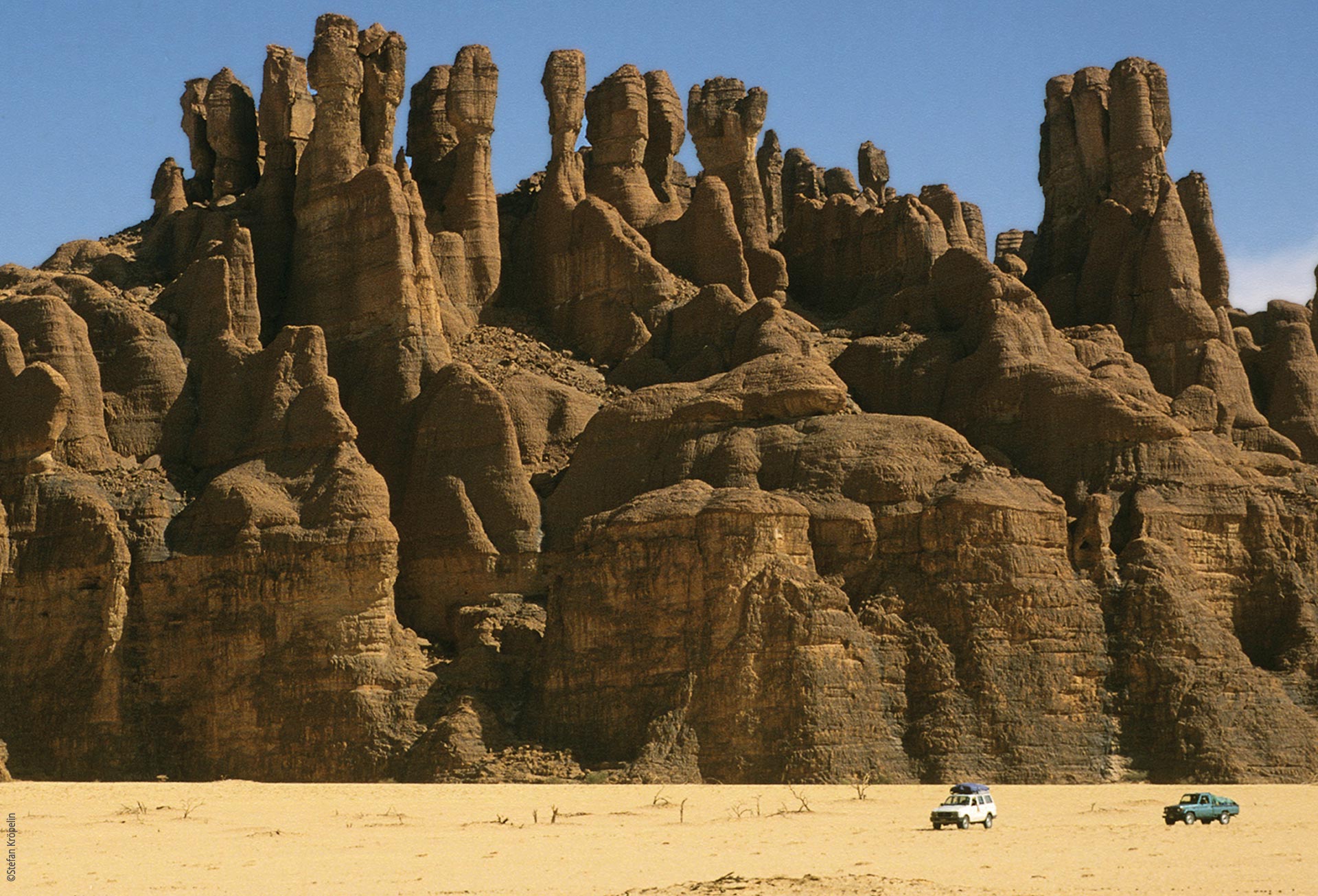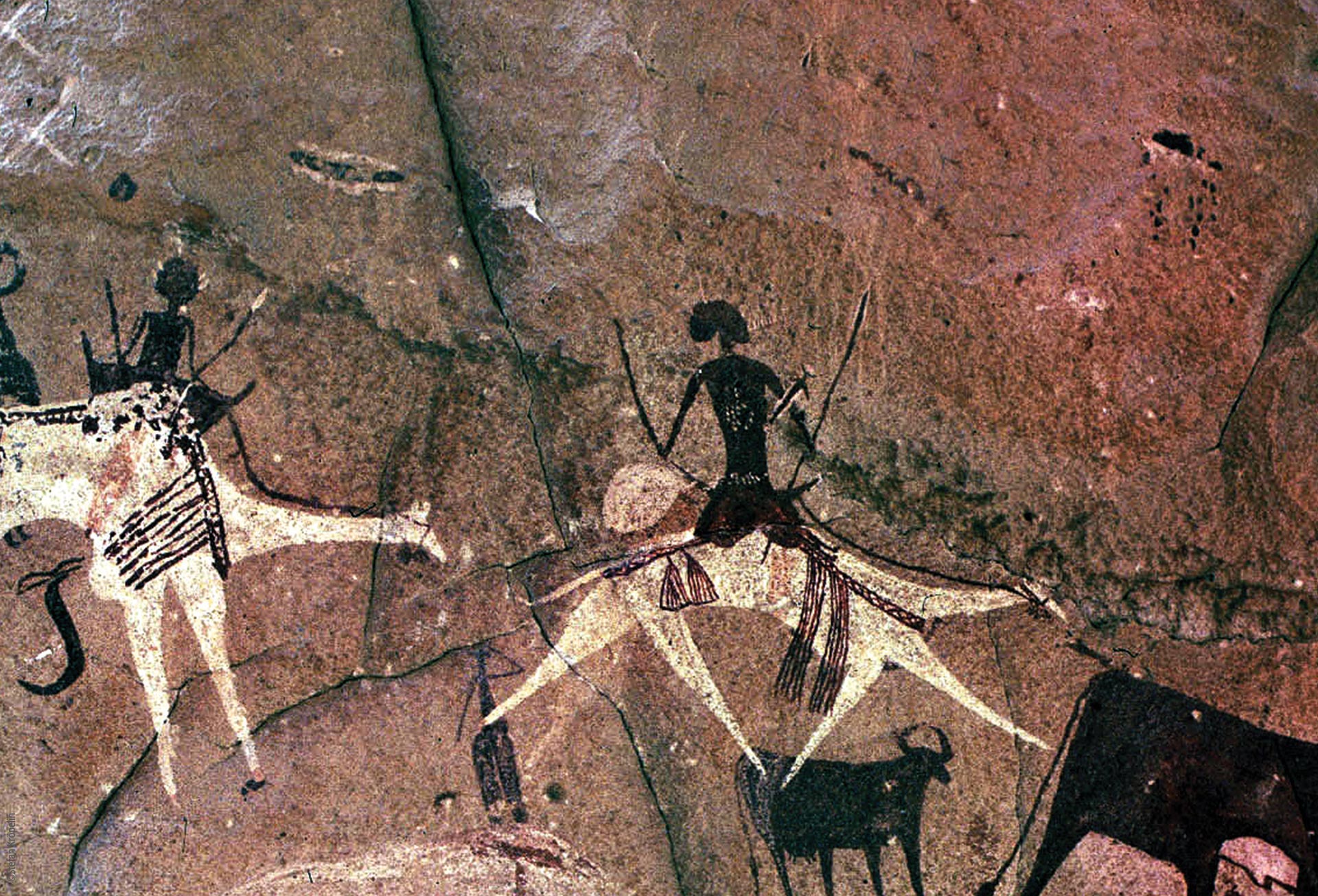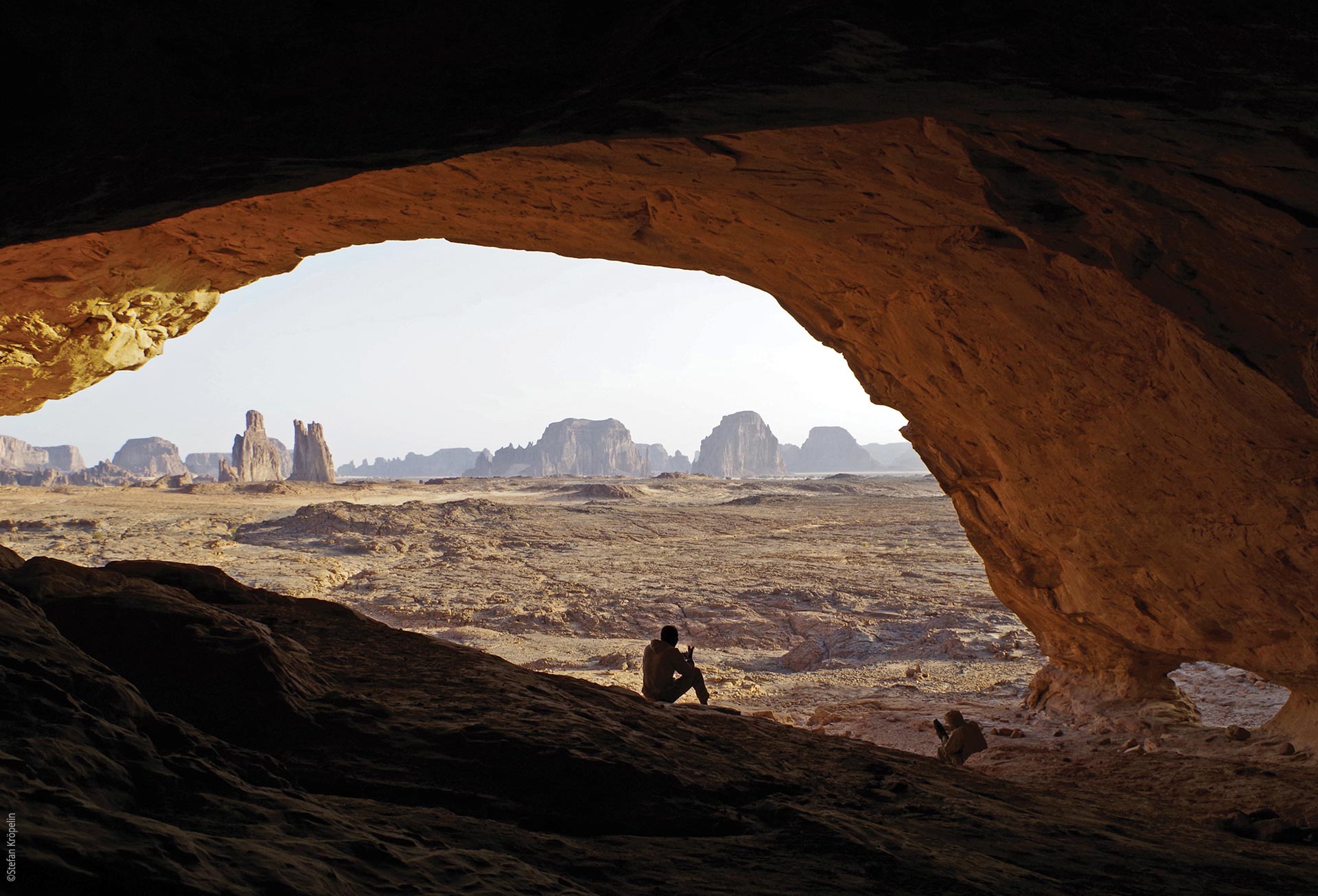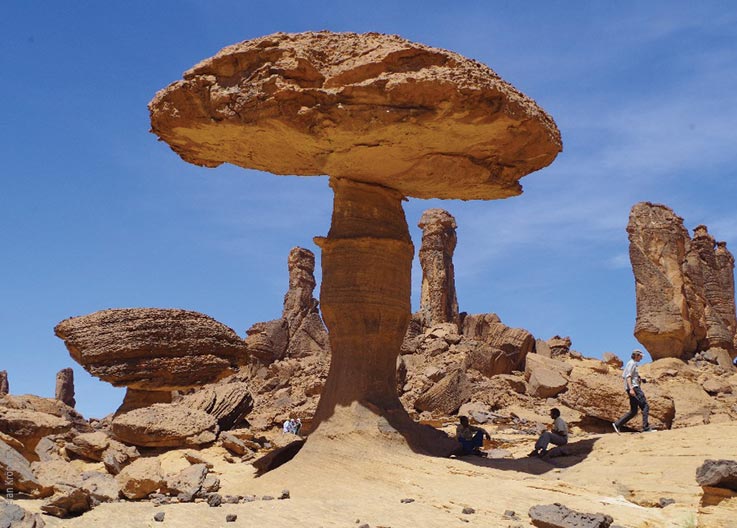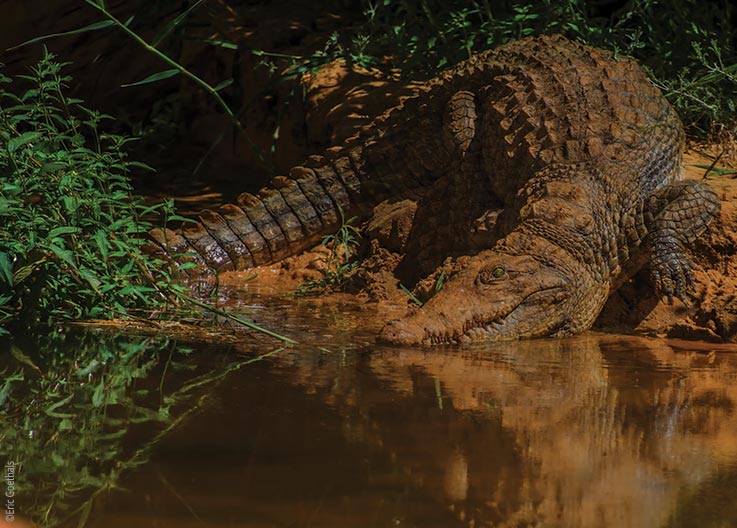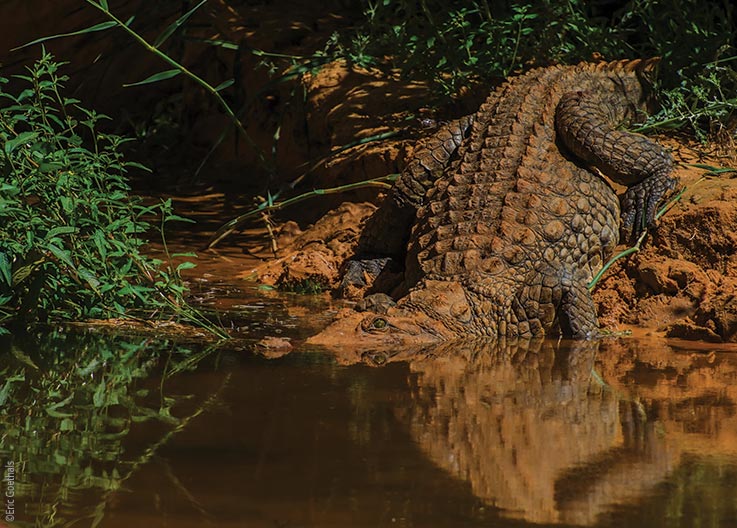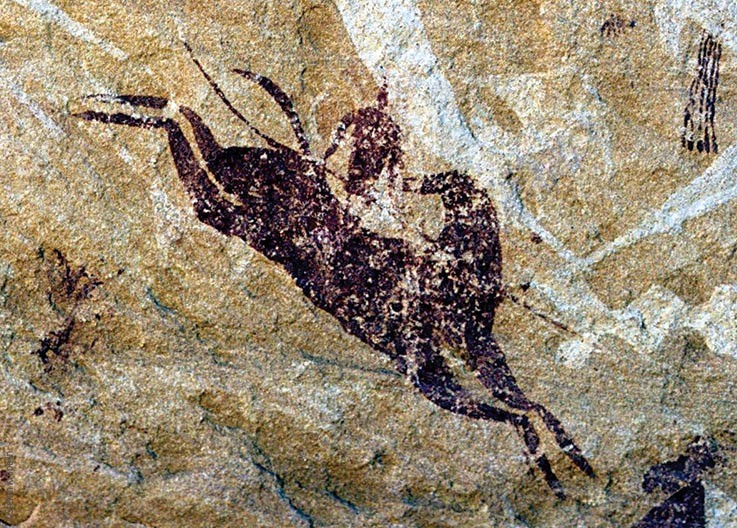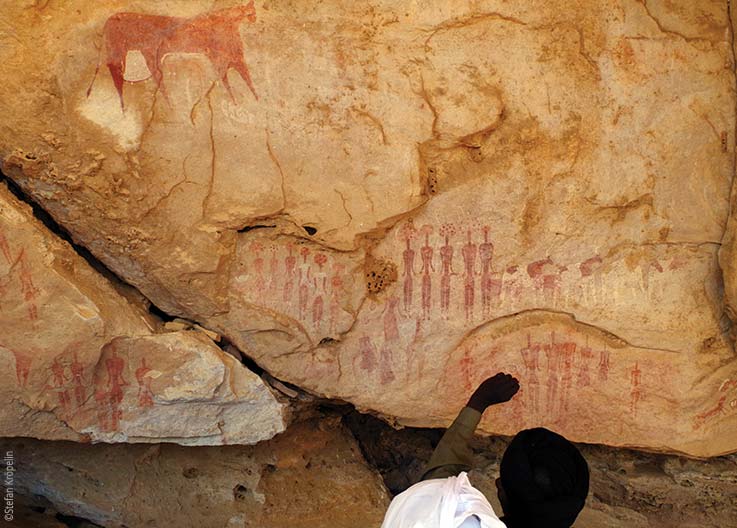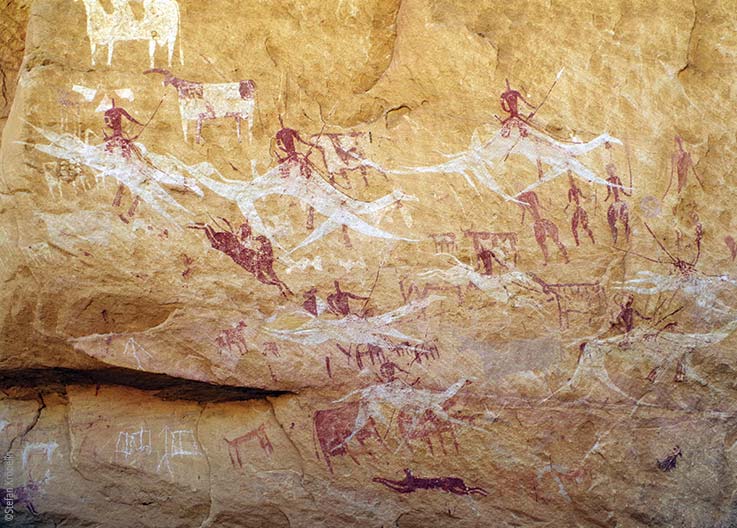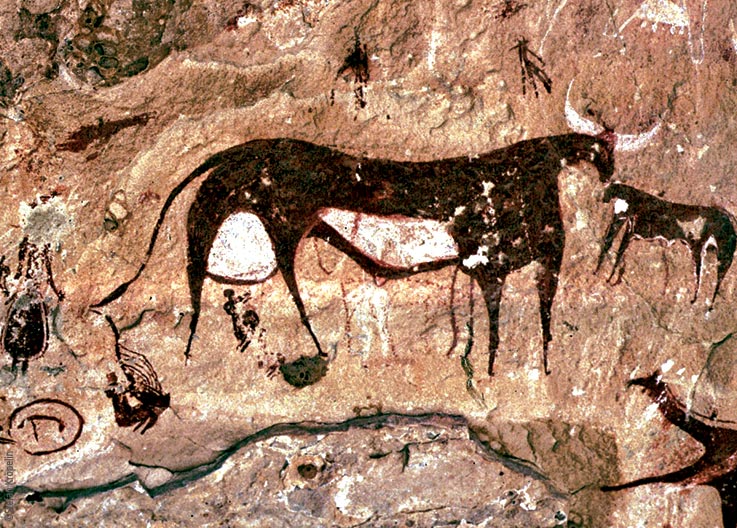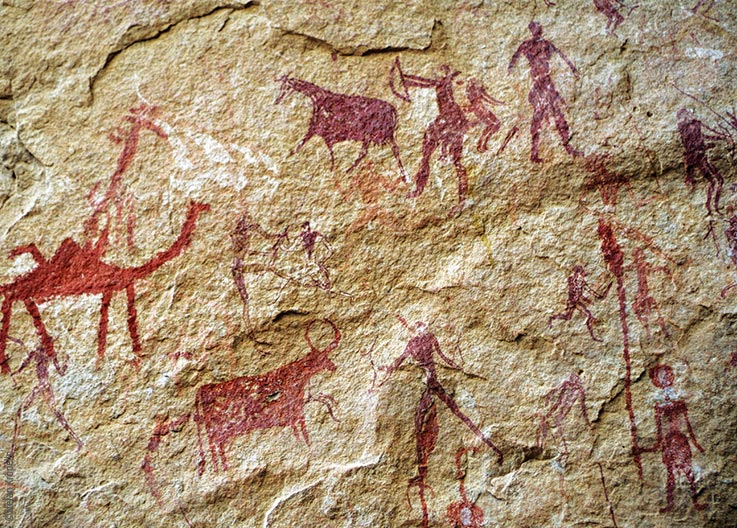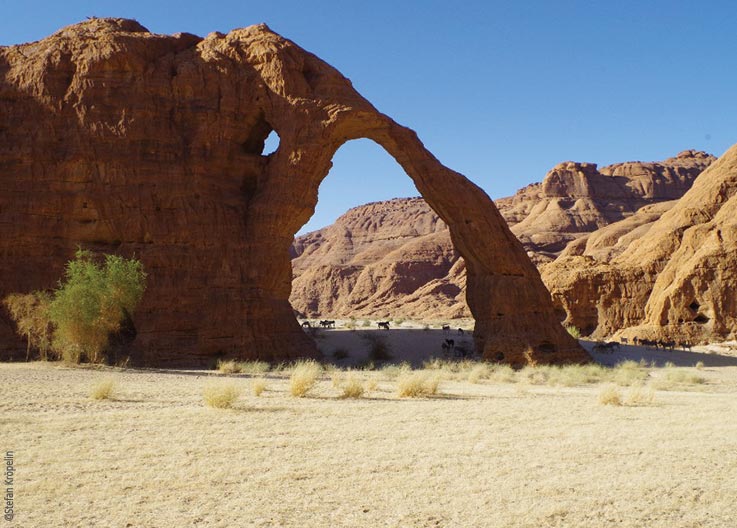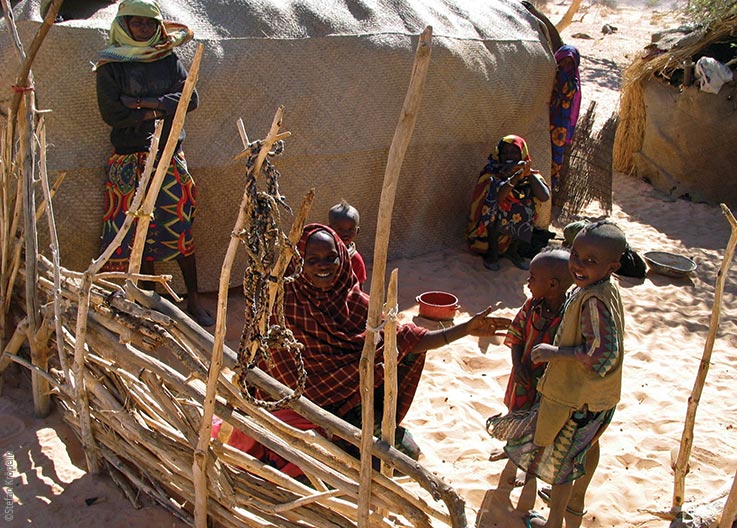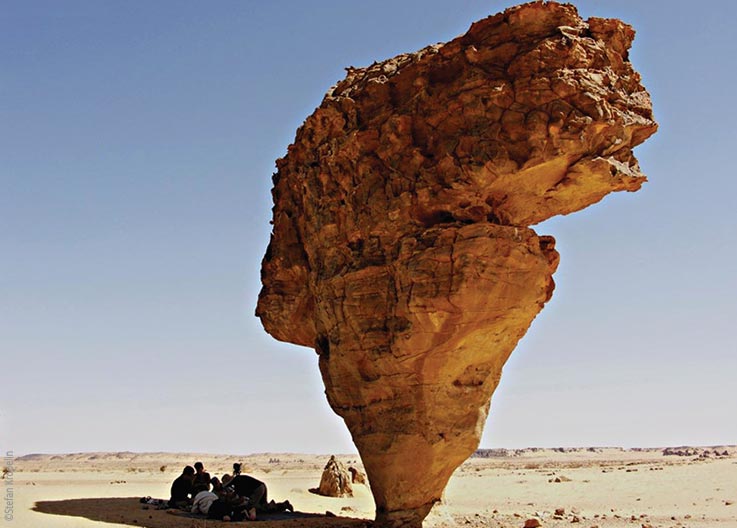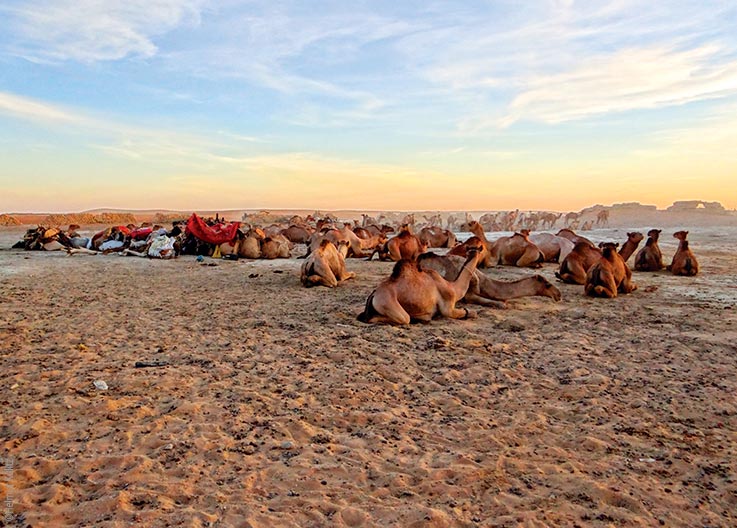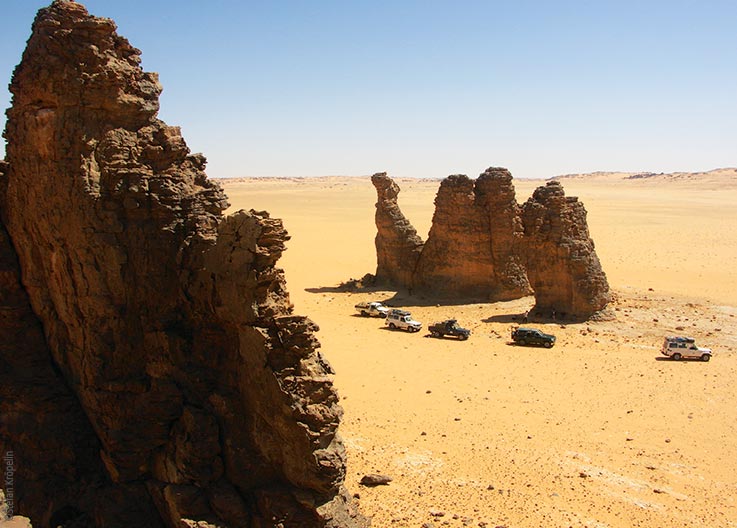The Ennedi Massif
The Sahara's Garden of Eden
As the desert spread thousands of years ago, people retreated to more protected habitats. They found sanctuary in the valleys of the Ennedi, with its life-giving waters. There in northern Chad, in an otherwise uninhabited region, their descendants live in a paradise in the middle of the desert - as isolated today as it was back then.
In 2016 the Ennedi Massif was recognised as a protected UNESCO World Heritage Site.
